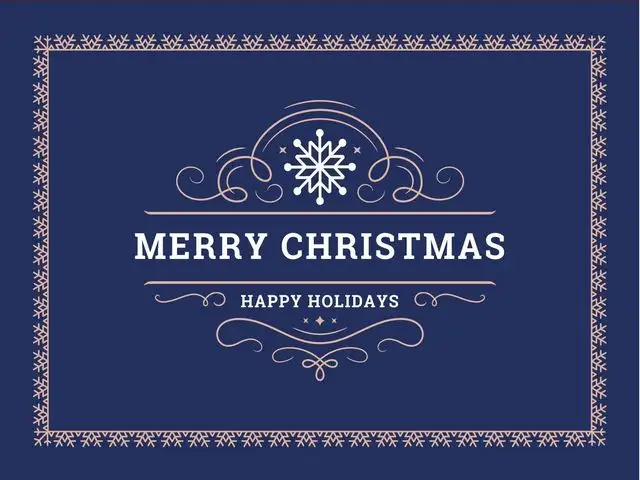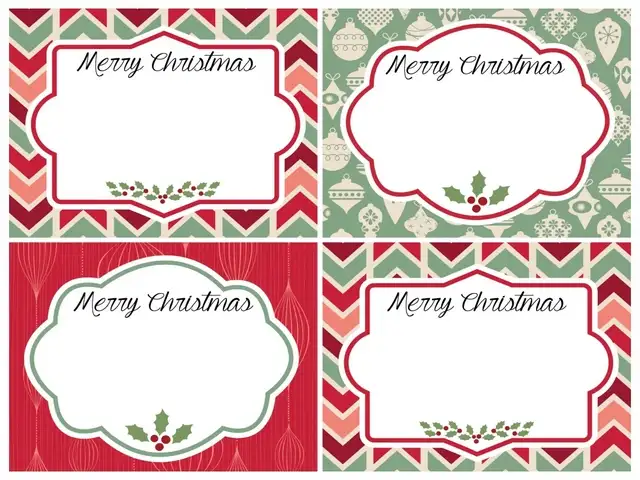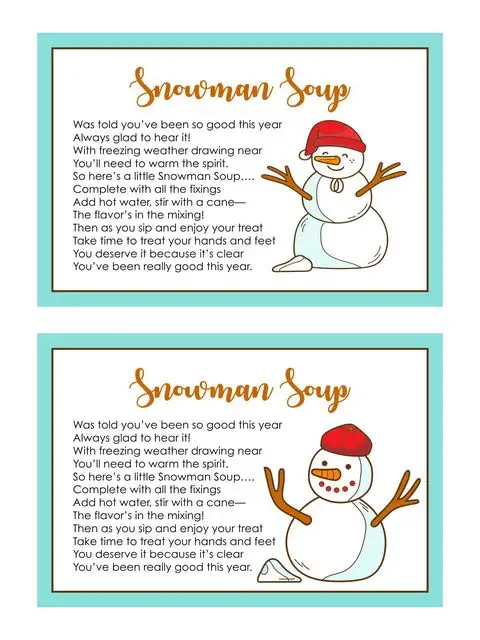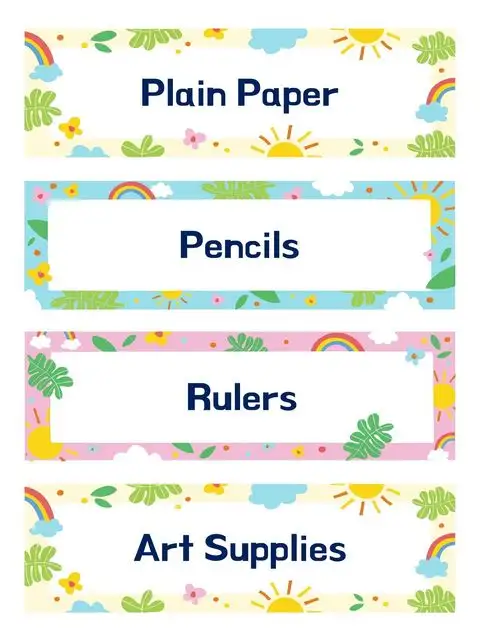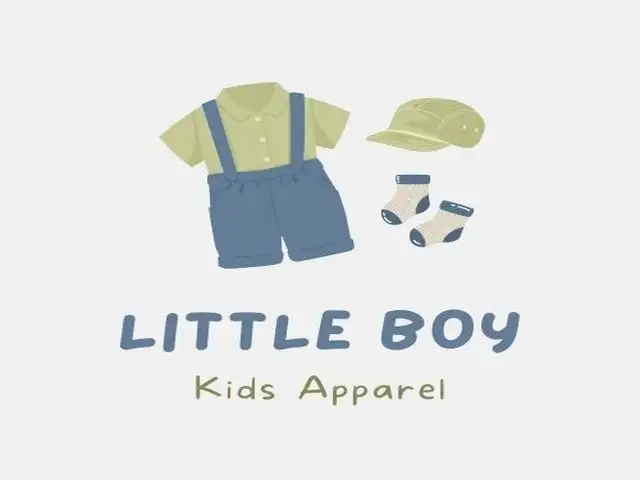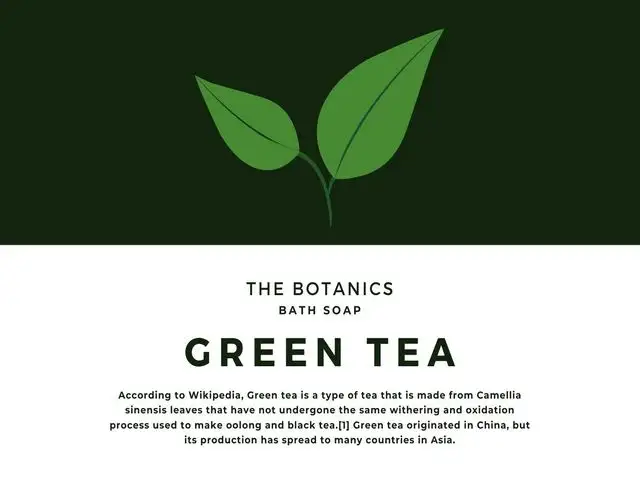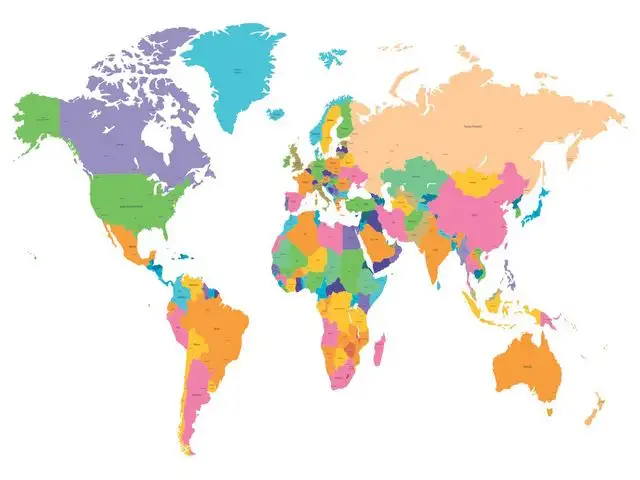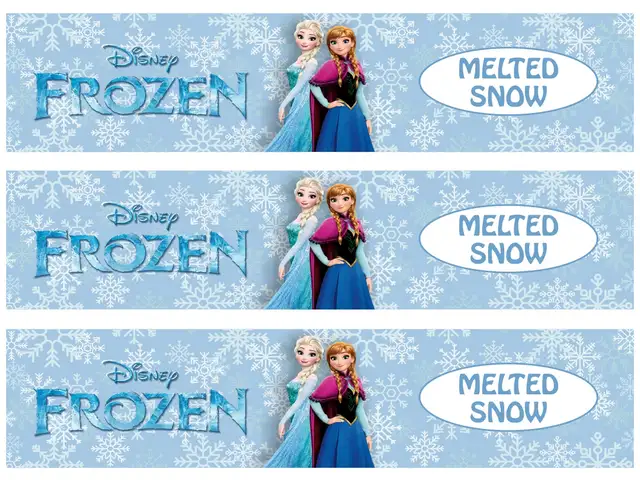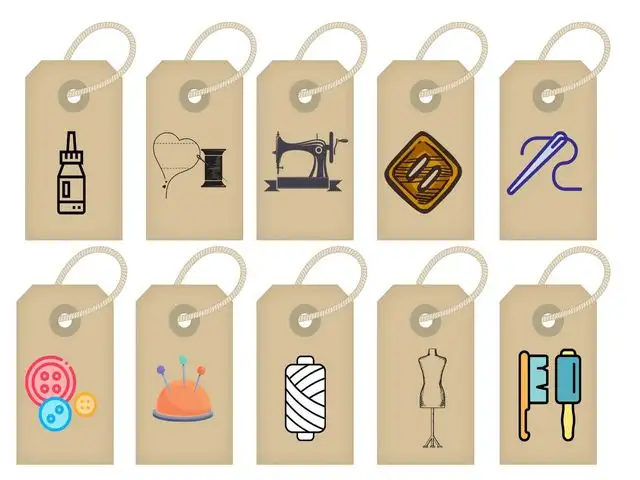
A sewing label is a label that is sewn onto the inside of a garment to identify its origin.
The first sewing labels were hand-embroidered, but they are mostly machine-produced using heat-sensitive paper today.
Sewing labels are used in the garment industry to prevent counterfeiting and help consumers identify their garments’ country of origin, with some countries requiring them on all garments.
What are sewing labels, and how are they used?
Sewing labels are used to orientate the thread in a sewing machine. They are also commonly referred to as needle guides.
The most common sewing labels are the straight stitch and zigzag stitch, which have different purposes. Straight stitch labels guide the thread along a straight line, while zigzag stitches guide it along a curved line.
5 Steps to create sewing labels
This section is an introduction to the five steps of creating sewing labels.
- Search for a design that you like.
- Please print it out on paper and cut it out with scissors or a rotary cutter.
- Use your printer to print the design onto fabric-friendly paper (e.g., card stock).
- Place the fabric on top of the paper and trace around it with your pencil or pen, following the lines in the pattern until you have created a template for your label design (this step will depend on what type of fabric you are using).
- Cut out the template with scissors or a rotary cutter, then use a hole punch to create holes along all four sides of each square (the holes will help keep the template sturdy)
Tips for creating sewing labels
Sewing labels are an important part of sewing projects. However, they can be difficult to make, and this is where the use of AI writing assistants comes in handy.
The following are some tips on how to create a sewing label:
- Choose your font and color scheme carefully
- Ensure that your text is easy to read
- Make sure all the necessary information is included
- Use a ruler or tape measure for accuracy
Sewing label printable
This is a quick and easy way to sew labels on clothing items. The printable includes patterns for the various types of labels.
This is a simple and easy way to create sewing labels that can be used differently. It includes patterns for various labels, such as the basic ones, with an elastic band or with a zipper pull tab.
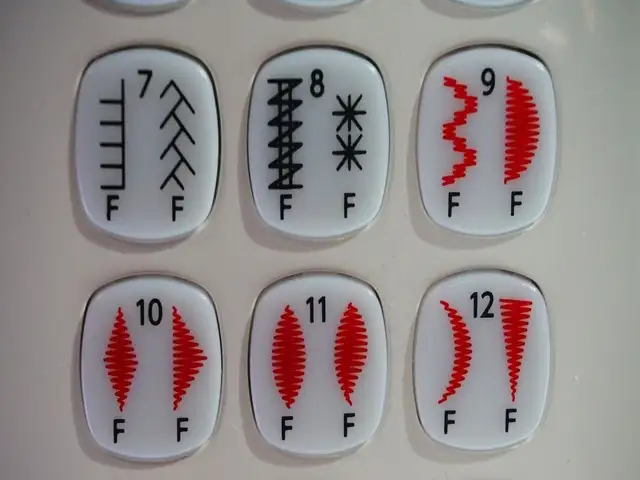
sewing labels printable 0001
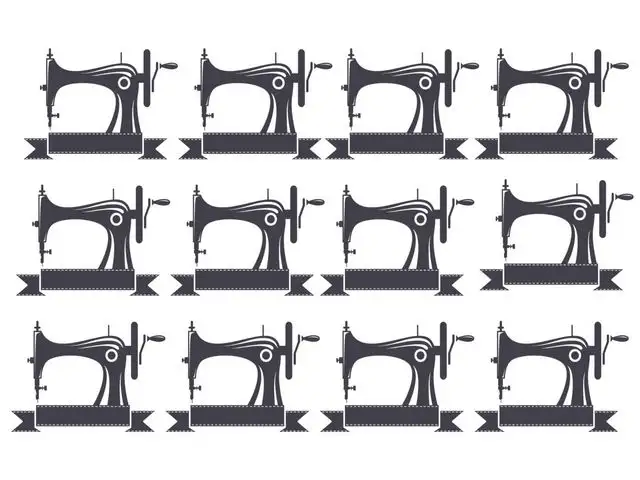
sewing labels printable 0002
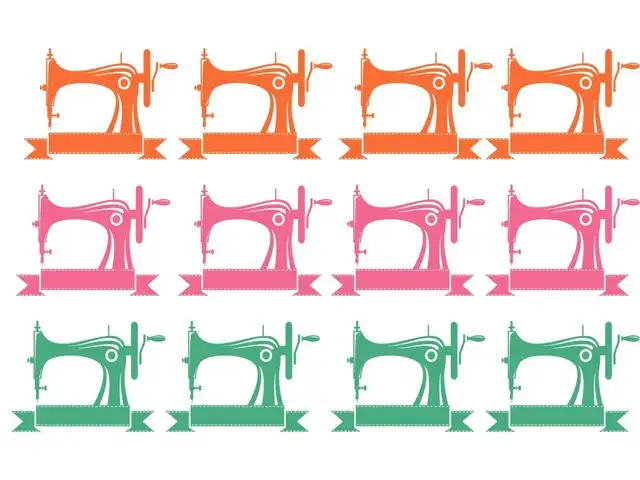
sewing labels printable 0003
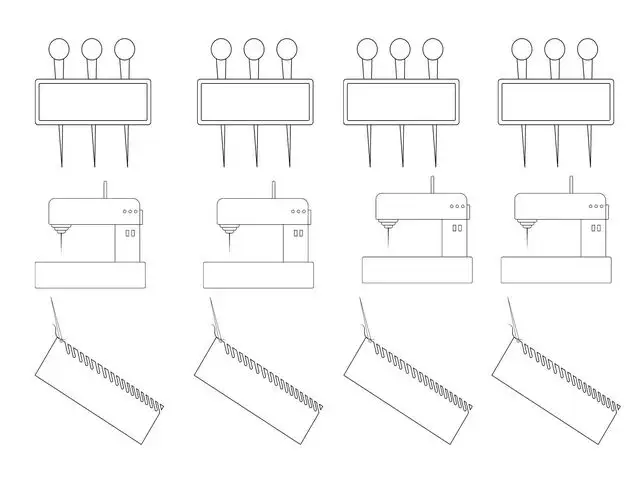
sewing labels printable 0004

sewing labels printable 0005
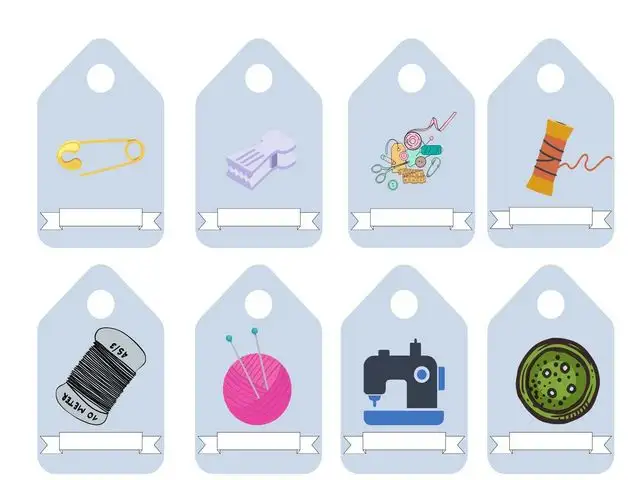
sewing labels printable 0006
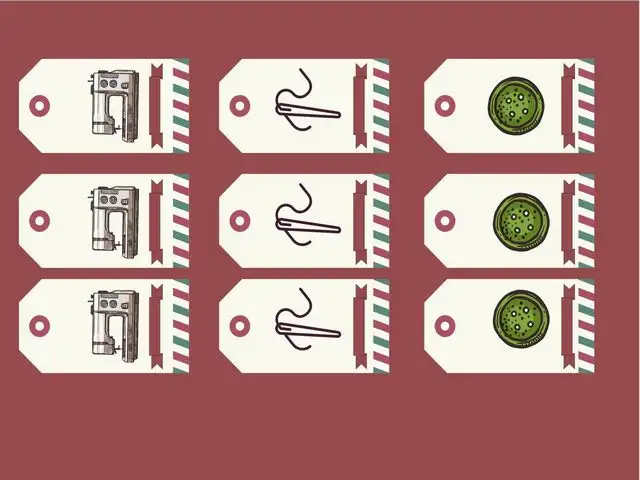
sewing labels printable 0007
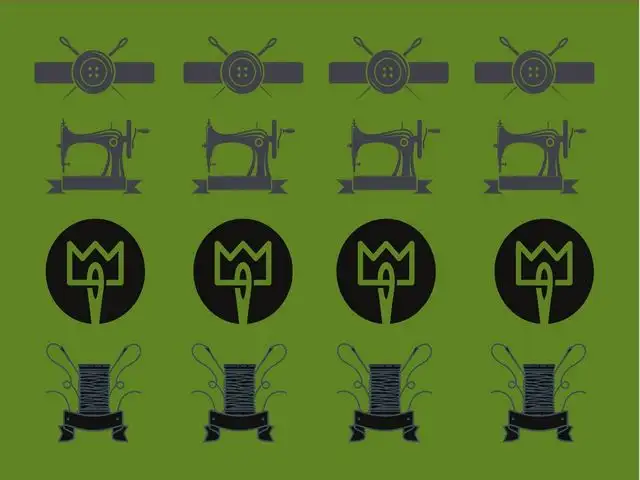
sewing labels printable 0008
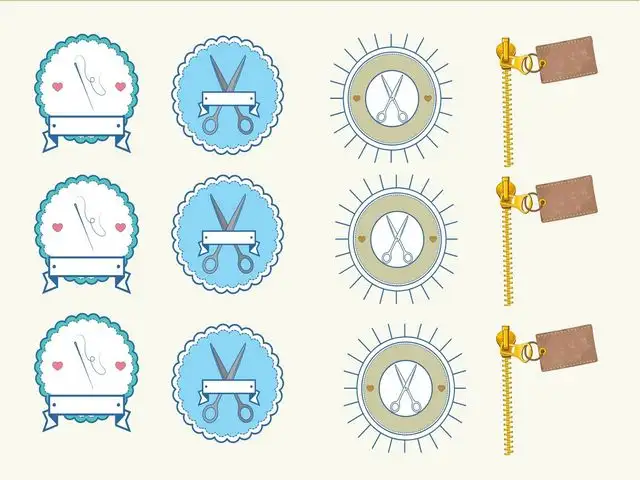
sewing labels printable 0009
How do sewing labels work?
Sewing labels are designed to be applied to garments and other items to identify them as belonging to the person who sewed them.
Sewing labels are created in various ways, but the most common is with a computerized sewing machine. The machine creates a design from digital files that are then transferred onto fabric.
The most common way of applying the label is by using heat-sealing machines, but they can also be applied by hand if necessary.
Benefits of using a sewing label
Sewing labels are a popular product to use in the sewing industry. They are used to label and identify items that have been sewn, and they can be used on clothing, fabric, and other materials.
Benefits of using a sewing label:
- Labels help with inventory management
- Labels help with storage
- Labels help with organization
- Labels help with labeling
- Labels can be used as a marketing tool
Is there any difference between hand sewing and machine sewing regarding the use of a needle threader or sewing label?
Different sewing machines have different mechanisms to help with threading the needle. One of the most common is a threader, an accessory that enables a user to thread the needle quickly. The other option is to use a label, which can be attached to the fabric on either side of the needle.
In hand sewing, it is more likely that a user will use their fingers or hands to pull loops of thread through holes in the fabric without using a needle threader or label. In machine sewing, it is more likely that you will use your fingers or hands to pull loops of thread through holes in the fabric and then feed them into a needle threader or label for easier insertion into the machine’s bobbin case.
Are knitting labels the same as sewing labels?
The difference between the two is that sewing labels are sewn into the garment to identify the style, size, and manufacturer. Knitting labels are not sewn into the garment but rather on a card attached to the knitting needle or on a label attached to the yarn.
Knitting labels are typically found on needles, yarns, and other knitting supplies. Sewing labels can be found in many places on clothing, including inside pockets, seams, and sleeves.
Sewing labels have been around for decades, while knitting labels have only been around for about 20 years. There is no standardization of what this label looks like or how it should be used, so there is no one way of doing it.
